Limestone is called sedimentary rock of organic origin. There is also a chemogenic origin of limestone, when the rock is formed as a result of chemical precipitation during the evaporation of water or from aqueous solutions. The basis of the rock is considered mainly calcium carbonate, presented in the form of calcite crystals of different sizes. Limestone mining is in demand, since people use this rock in many areas.
Description
The basis of limestone is calcium carbonate - a substance that can dissolve in water. The result is karst. It can decompose into bases and carbon dioxide. This is carried out at great depths, because of the influence of the Earth’s heat, limestone forms a gas for mineral waters. 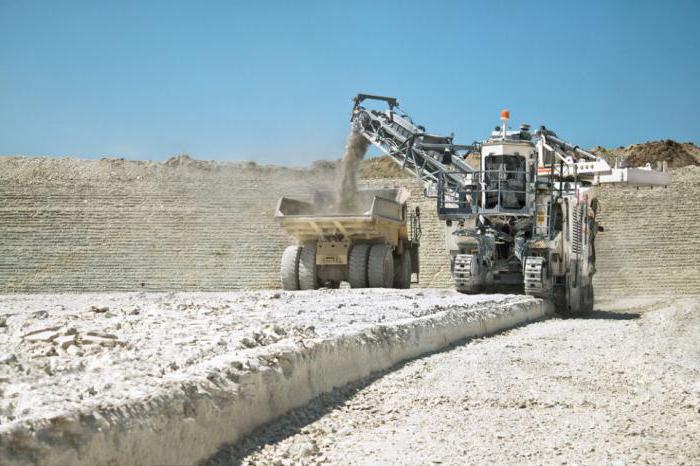
Limestone may include admixtures of clay minerals, dolomite, quartz, gypsum, pyrite. Natural limestone has a light gray color, although it can be black and white. Impurities give a blue, pink, yellow tint. Limestone mining is in demand due to its widespread use. The breed is durable, known for its unique characteristics, which make it not like other materials.
Classification
A common type of breed is shell rock, which consists of shells of marine animals and their fragments. There are other types of limestone:
- Bryozoans, which includes the remains of bryozoans - small invertebrate animals living in colonies in the seas.
- Nummulitic, consisting of extinct unicellular organisms of nummulites.
- Marble-shaped. It is thin-layered and massive-layered.
During metamorphism with limestone, the process of recrystallization occurs, due to which this rock forms marble. 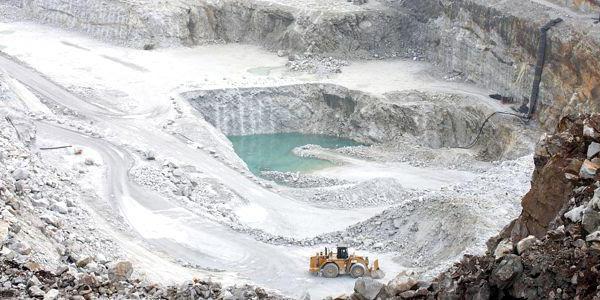
Monomineral rock is limestone, the extraction method of which may differ, depending on the type of impurities, structure, and geological age. There are organizations that produce limestone. Places and methods of extraction are determined by the terrain, species of rocks and other characteristics.
Place of Birth
As can be seen from the foregoing, limestone is sedimentary rock that appeared with the participation of living organisms living in marine basins. The breed is mined in many regions of our country and other states. Russia is considered one of the leading in its presence.
Limestone is considered a “building material” for mountain ranges. An example is the Alps, although it can occur in other mountainous areas. Limestone stone is mined all over the world. A lot of reserves are on the territory of our country. Moreover, all places of limestone mining allow to obtain different breeds of natural material: dense, white, flux, shell-oolitic.
Known limestone mining in Russia. Popular deposits in the western part of the country. Development is carried out from the Belgorod and Tula regions to Moscow, Vologda, Voronezh region. Mining is carried out near St. Petersburg, in the Krasnodar Territory, Arkhangelsk, the Urals, and Siberia. From neighboring countries there are deposits in the Donetsk region of Ukraine.
Mining methods
Extraction is carried out by open pit mining. The top layer of soil and clay is removed. So they form a quarry. Limestone mining involves performing pyrotechnic work to grind and disconnect portions of rock. Then it is taken out by cars for recycling. 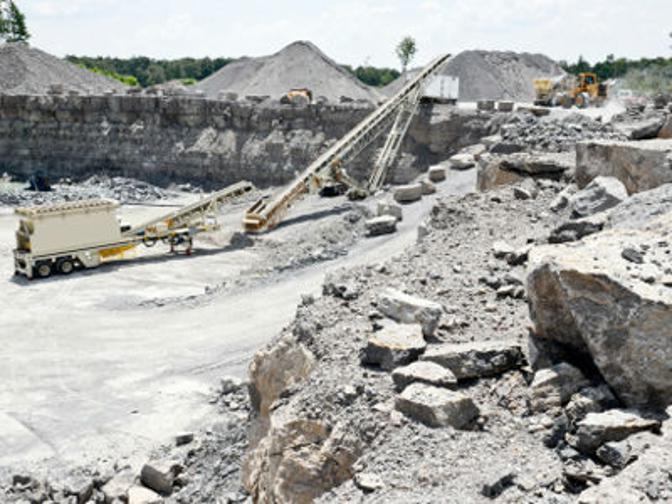
The world's first method of extraction is considered a way of breaking. This name was obtained due to the fact that the breed was removed by crowbars, and then stones were knocked out of the formation with hammers.An alternative to this method is now being applied. The blasting method is used. From the breed, small crumbs are obtained. The excavator collects it, loads it onto dump trucks, and then everything is transported to the factory, where processing and cleaning are performed.
There is a special device for an excavator with which limestone mining can be performed without explosion. The driver changes the bucket to a mounted apparatus that produces loosening of the rock. This method is used in locations with high population density. There is a mining method with a milling combine. This is the most profitable option. At the same time, mining, grinding, transportation of the rock is carried out.
Features of the traditional method
The old method is used to extract the limestone slab. It is only necessary to find a way out from under the earth to the outside. Then, with a shovel, the area where mining will be carried out is cleared. 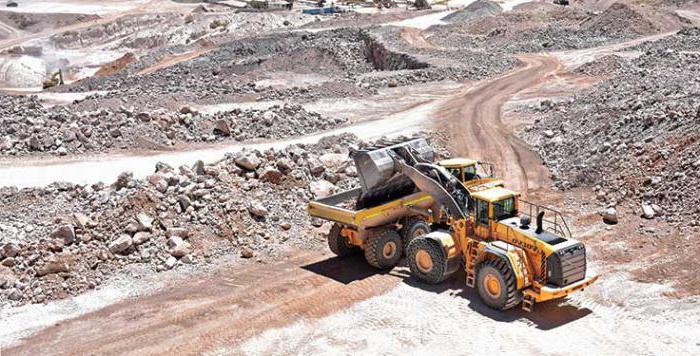
With a crowbar, you need to create a crack in the limestone slab, and then pry off the edge of the slab and raise it. Since limestone is located underground by strata, only a small plate of it should be raised. It must be pulled out of the place where the limestone lies. Saw the breed with an ordinary saw. To simplify the work, the tool is wetted in water.
Explosive method
Limestone is produced using the explosive method. First you need to open the deposits, removing earth, clay and substandard limestone from them with the help of bulldozers. Wells are drilled near the edge of the production site and explosives are put there. Explosions break off limestone layers, which then need to be loaded into dump trucks and taken out for further processing. 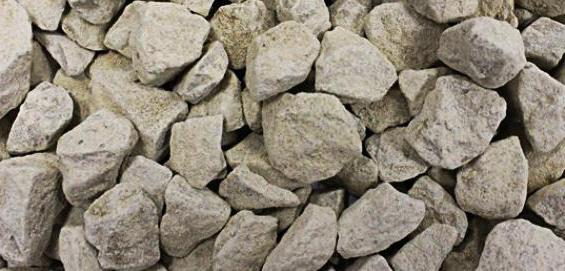
Then the quarry, where mining was carried out, is covered with earth, planted with herbs, plants. This method is used in large fields. And in small ones, the explosive method should not be used. Then the limestone is taken out in blocks similar to the shape of rectangles. This technology has the name of bar output.
The work is carried out by different machines that cut stones. An excavator is definitely needed. The technology has its advantages:
- Simplicity.
- Good shape blocks.
- Easy transportation and handling.
Since limestone has a porous structure, it is used in the construction industry. Temples, palaces, estates are erected from it.
Types and colors of limestone
Limestone mining allows you to get different rocks. They differ in color, structure, chemical composition, origin, area of use and other characteristics. By type of application, limestones of different colors are found:
- White and gray are “pure” rocks in which there are no impurities.
- Red and brown - limestones with manganese.
- Yellow and brown - contain iron.
- Green - stones with inclusions of seaweed.
- Dark gray and black - have organic impurities.

The structure and chemical composition of the rock is:
- Dolomitic - contains 4-17% of magnesium oxide. If the proportion of magnesium increases, dolomites are formed.
- Marbled - carbonate limestones with organic inclusions. Their palette can be from beige to gray-blue tones.
- Coral The rocks have a porous structure. They are transformed into reefs from shells of mollusks and shells of marine inhabitants.
- Clayey. The breed has a composition similar to limestone and marl. Formations are softer than limestone, brittle in comparison with shale clays.
By origin, limestones are:
- Jurassic - a breed with a history of hundreds of millions of years, has high strength, density and fine grain. In the Middle Ages, limestone was called "marble" due to the fact that it could be polished.
- Putilovsky. This limestone has unique physical characteristics, low moisture absorption and abrasion. With the formation of St. Petersburg was the main building material. It has a name in honor of the place of extraction - Putilovsky quarry, located in the Leningrad region.
Application options
In the metallurgical industry, it is used as a flux. It is considered the main component during the creation of cement and lime. It is used as an auxiliary component for soda, mineral fertilizers, paper, sugar, glass. 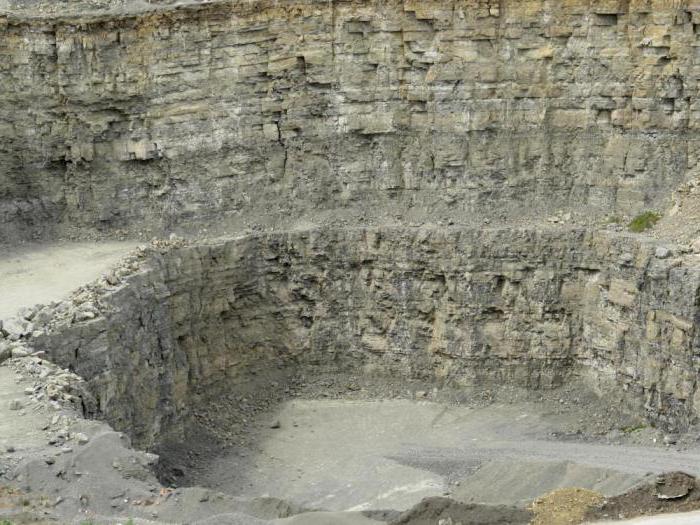
The material is also used to produce rubber, paints, soap, plastic, mineral wool. It is in demand in the construction industry for the manufacture of cladding and wall blocks. It is used for the construction of foundations, roads. Mining of limestone allows you to provide building material to the whole country.